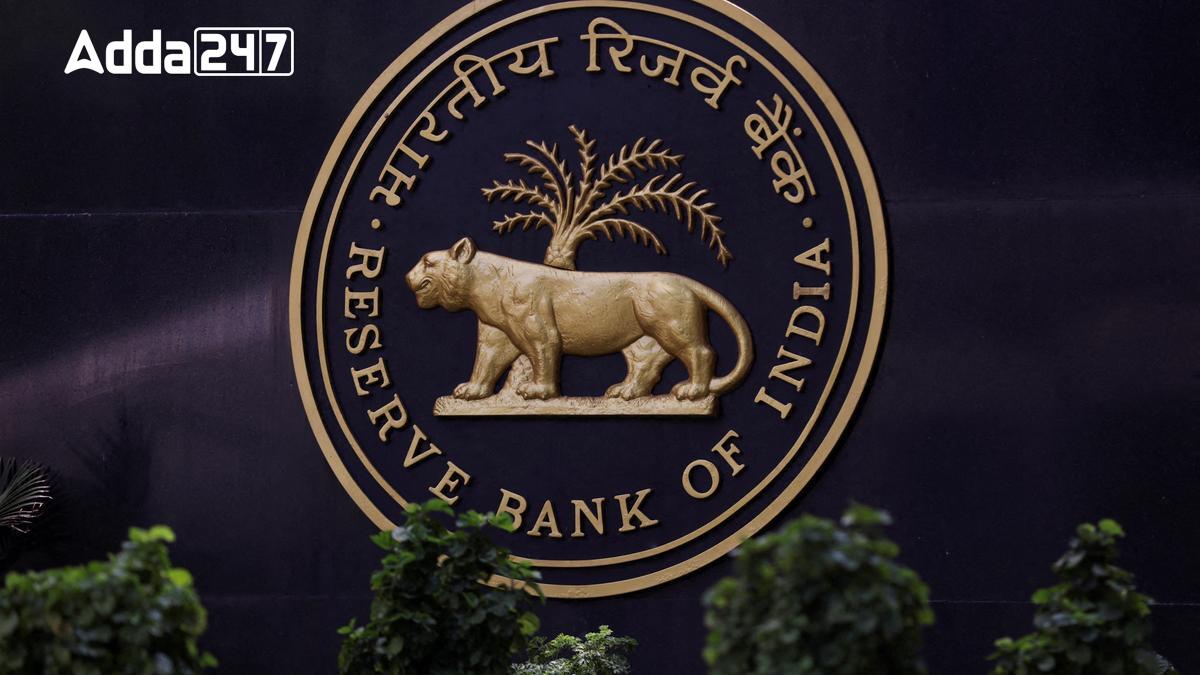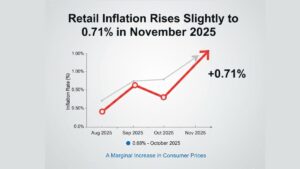The Indian rupee has shown resilience against the US dollar, settling at 83.97 due to active intervention from the Reserve Bank of India (RBI). Despite ongoing pressure from foreign portfolio outflows, rising crude oil prices, and a strengthening dollar index, the RBI’s strategies have kept the rupee from breaching the psychologically significant 84 mark. Market experts believe that RBI’s presence in various currency markets has been crucial in preventing a sharp depreciation.
Factors Affecting the Rupee
Multiple factors have weighed on the rupee, including substantial outflows from domestic equities and increasing crude oil prices. Additionally, a robust dollar index has contributed to the rupee’s struggles. The RBI reportedly intervened through non-deliverable forwards (NDF) and local spot markets to stabilize the currency. Analysts, like V R C Reddy from Karur Vysya Bank, emphasize the RBI’s role in protecting the rupee from crossing the 84 threshold, particularly amid global market uncertainties.
Forward Premiums and Economic Indicators
The dollar-rupee forward premiums have dropped by 11 basis points to 2.27%, influenced by rising US Treasury yields and strong job data that outperformed expectations. In September, the US economy added 254,000 jobs, surpassing the projected 140,000, which contributed to a decline in interest rate differentials between India and the US. Meanwhile, India’s foreign exchange reserves have surged past $700 billion, bolstered by foreign currency assets and the RBI’s interventions.
Historical Context and Future Outlook
Over the past two months, the rupee has consistently hit new lows against the dollar, driven by fears of a slowing US economy and diminishing appetite for emerging market currencies. Moving forward, the rupee’s trajectory will largely depend on US economic indicators, particularly upcoming decisions from the Federal Open Market Committee. Depending on the interest rate changes, market reactions could either bolster or further challenge the rupee’s stability. Notably, in FY24, the RBI has net bought $19.2 billion in the spot market, although net dollar sales have reached $2.4 billion in the current fiscal year. This trend reflects a tightening balance of payments situation amid a widening trade deficit and declining FPI inflows.
Indian Rupee and RBI Intervention: Key Points
| Key Points | Details |
|---|---|
| Why in News | Indian rupee settled at 83.97 against the US dollar, supported by active RBI intervention amid foreign outflows and rising crude oil prices. |
| RBI Intervention | Utilized non-deliverable forwards (NDF) and local spot markets to prevent the rupee from breaching the 84 mark. |
| Factors Affecting Rupee | Foreign portfolio outflows, rising crude oil prices, and a strong dollar index have added pressure on the rupee. |
| Dollar Index Impact | The strengthening dollar index has contributed to rupee depreciation. |
| Forward Premiums | Declined by 11 basis points to 2.27%, influenced by rising US Treasury yields and strong US job data. |
| US Economic Data | 254,000 jobs added in September, exceeding the 140,000 projection, affecting interest rate differentials. |
| India’s Forex Reserves | Surpassed $700 billion, driven by foreign currency assets and RBI interventions. |
| RBI’s Spot Market Activity | Net bought $19.2 billion in FY24, with net dollar sales at $2.4 billion in the current fiscal year. |
| Trade Deficit | Contributing to balance of payments challenges, exacerbated by reduced foreign portfolio investment (FPI) inflows. |




 Retail Inflation Rises Slightly to 0.71%...
Retail Inflation Rises Slightly to 0.71%...
 India’s Foreign Reserves Touch $687.26 B...
India’s Foreign Reserves Touch $687.26 B...
 ADB Raises India’s Growth Forecast to 7....
ADB Raises India’s Growth Forecast to 7....







